Microsoft Translator - Word & phrase translation
Break language barriers effortlessly with real-time translations and offline mode.

- 23.3.3.82 c9f60edc (2303382) Version
- 4.7 Score
- 49M+ Downloads
- Free License
- 3+ Content Rating
Microsoft Translator is a free translation application that supports more than 70 languages. Users can translate text, speech, conversations, camera images, and screenshots. Offline translations are available for download at no cost, making it convenient for traveling purposes.
Features:
- Text translation in over 70 languages for online and offline usage
- Camera translation to interpret text from photos and screenshots
- Voice translation for spoken language along with a split-screen mode for two individuals conversing bilingually
- Group conversation translation feature where up to 100 people can engage in multilingual discussions by connecting their devices
- Phrasebooks providing verified translations and pronunciation guides for essential foreign language phrases used during travel
- Option to explore alternative word translations and meanings to select the most appropriate interpretation
- Ability to download languages for offline use without requiring an internet connection while traveling
- Audio playback of translated phrases to aid in learning pronunciation
- Access to transliterations for assistance in pronouncing translations (includes Pinyin support for Chinese)
- Share translations with other applications
- Pin and save frequently used translations for future reference
- Translation capability within other apps via context menu integration
How to join a conversation
1. Start
Download Microsoft Translator app on iOS or Android and start conversation.
2. Share
Share the conversation code with other participants, who can join using the Translator app or website.
3. Speak
Speak or type to communicate in your own language. Your messages will be translated into recipient’s chosen language.
Tips for using the multi-device conversation feature
Hold the microphone close to your mouth.
Focus on proper articulation (no mumbling) and pause between sentences so the system can catch up (it waits for a pause to finalize the translation). If you follow these two principles, there is no need to speak slowly.
Avoid very short or very long sentences. The system (both for speech recognition and translation) uses the context of a full sentence. By providing more context, you will increase the chances for both to work better. Ideally, sentences between 5 and 15 words are perfect.
Avoid unusual people and place names, if possible.
Also avoid foreign place names. So, for instance, while speaking English, cities like Seattle or Milan will work fine. However, Klahanie or Milano might not.
If you’re bilingual, don’t switch languages.
Translator will only understand the language you chose.
What is Translator for Education?
The Translator for Education site provides free resources, tools, and how-to guides for live captioning and translation in the classroom. Schools are increasingly diverse. Teachers manage many types of learners, including students who are deaf or hard of hearing (DHH) who require assistive technology, and language learners (and their parents) who may not speak or understand the language of the classroom well. Microsoft Translator helps bridge these communication gaps, supporting accessible classroom learning with live captioning, cross-language understanding, and even multilingual casual conversations to help with student integration.
FAQs:
How to start a lecture with subtitles in one language
1. In the Slide Show ribbon tab, select Subtitle Settings

2. Use Spoken Language to see the voice languages that PowerPoint can recognize and select the one you want. This is the language that you will be speaking while presenting.
3. Use Subtitle Language to see which languages PowerPoint can display on-screen as captions or subtitles and select the one you want. This is the language of the text that will be shown to your audience. Choosing the same language as your Spoken Language allows you to provide closed captioning.
You can turn subtitles on and off by using the subtitle toggle in the Slide Show View or Presenter View.

Learn more about adding subtitles and captioning in the Microsoft Office website.
How to start a lecture with subtitles in multiple languages
If your presentation requires subtitles in multiple languages at once, PowerPoint’s Live Presentation feature is native within PowerPoint for the web. With Live Presentations, students can see a presentation on their own devices and read live subtitles in their preferred language while you speak.
Live Presentations is currently only available for PowerPoint for the web. To use the feature, you will first need to save your presentation to the web.
1. In the Slide Show ribbon tab, select Presentation Live.

2. A QR code will appear on the screen. Have your students scan the code and the presentation deck will load in their devices’ web browser.
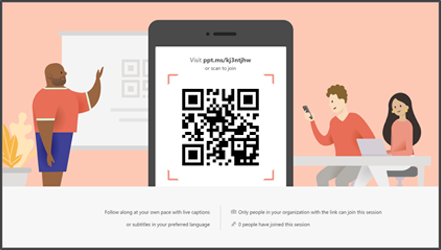
3. As you speak, subtitles will be displayed on the students’ screen below the deck. They can select the language of their choice in the language selection option.
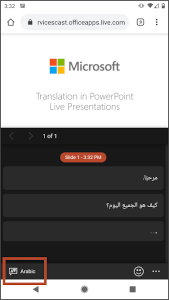
Tips for presenters
Hold the microphone close to your mouth. Try to avoid or eliminate background noise that may interfere with your voice.
Focus on proper articulation (no mumbling) and pause between sentences so the system can catch up (it waits for a pause to finalize the translation). If you follow these two principles, there is no need to speak slowly. If you see problems in the captions or subtitles, try speaking more deliberately.
Avoid very short or very long sentences. The system (both for speech recognition and translation) uses the context of a full sentence. By providing more context, you will increase the chances for both to work better. Ideally, sentences between 5 and 15 words are perfect.
If you’re bilingual, don’t switch languages. PowerPoint will only understand the language you chose.
Captions and subtitles depends on a cloud-based speech service, so it’s important to have an internet connection that’s fast and reliable.
Languages supported by Microsoft Translator include:
Afrikaans, Arabic, Bangla, Bulgarian, Catalan, Chinese Simplified, Croatian, Czech, Danish, Dutch, English, Filipino, Finnish, French, German, Greek, Gujarati, Hebrew, Hindi, Hungarian, Indonesian, Italian, Japanese, Kannada, Korean, Latvian, Lithuanian, Malayalam, Norwegian, Polish, Portuguese, Punjabi, Romanian, Russian, Serbian, Slovak, Spanish, Swedish, Tamil, Telugu, Turkish, Ukrainian, Vietnamese, Welsh, Yucatec Maya, and more.
Advanced technology underlies Microsoft Translator, employed by various Microsoft products like Office, Bing, Skype, and Edge, as well as by collaborating partners such as Adobe and LinkedIn.
Note:
Availability of certain features may vary across languages.
- Version23.3.3.82 c9f60edc (2303382)
- UpdateOct 23, 2024
- DeveloperMicrosoft Corporation
- CategoryProductivity
- Requires AndroidAndroid 7.0+
- Downloads49M+
- Package Namecom.microsoft.translator
- Signaturee1b86ef42f5e6b4150b0f560a3c68c01
- Available on
- ReportFlag as inappropriate
-
NameSizeDownload
-
41.85 MB
-
67.70 MB
-
67.70 MB


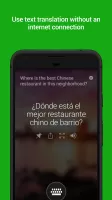
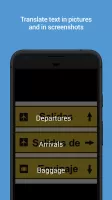
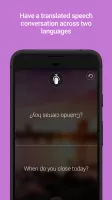

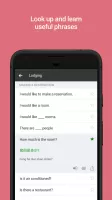


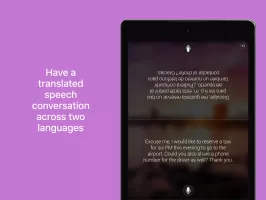

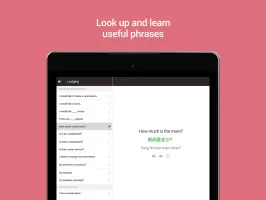











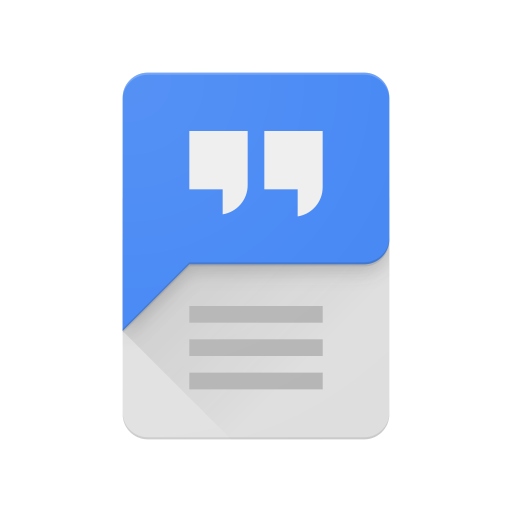

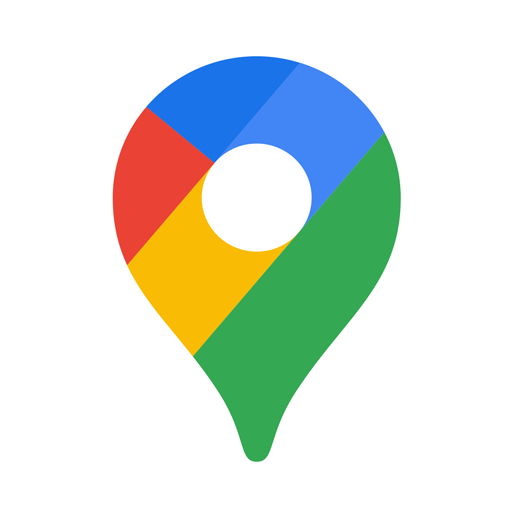





Extremely functional & handy for use when travelling abroad
can't use the app when offline
Even if you download an offline voice pack, you can't use it offline